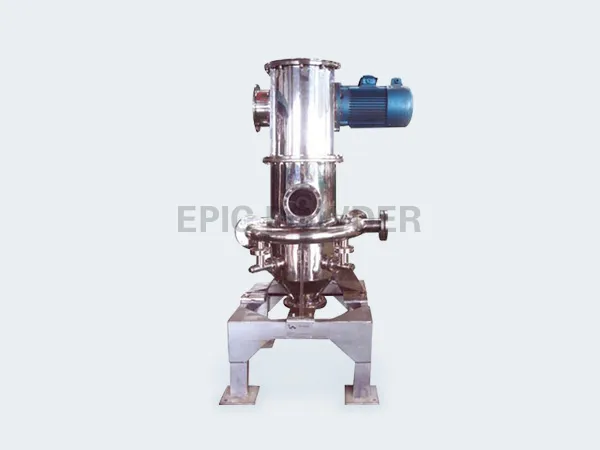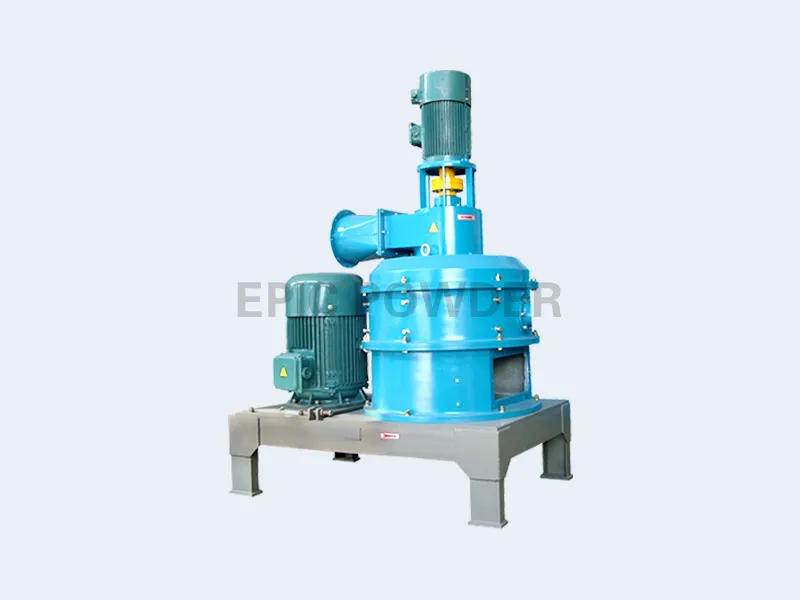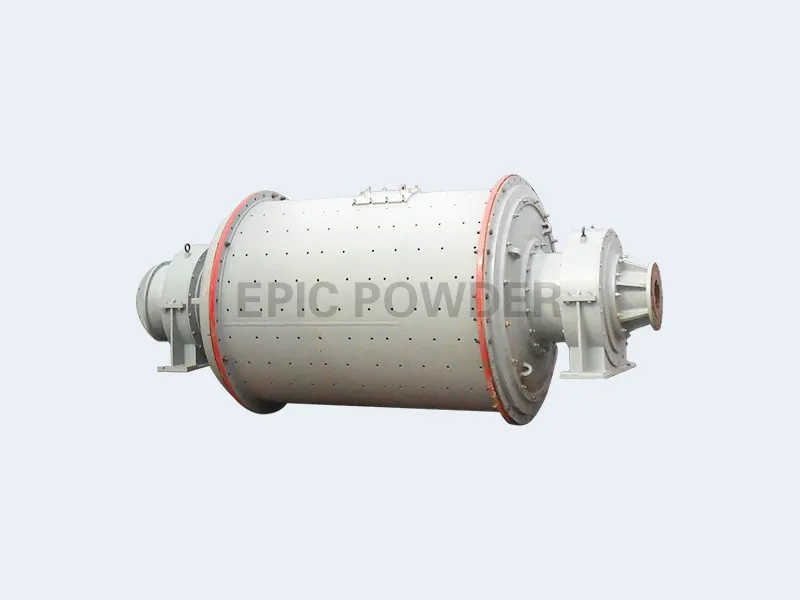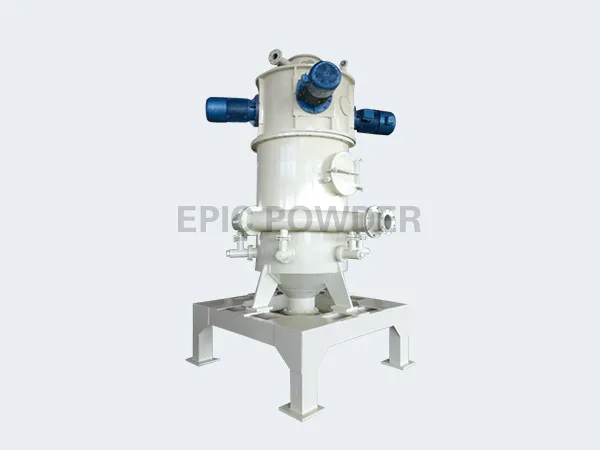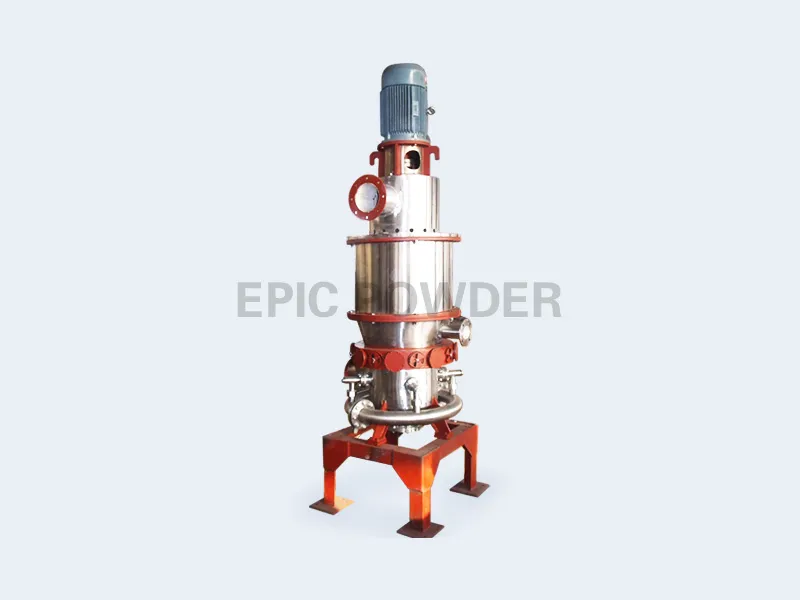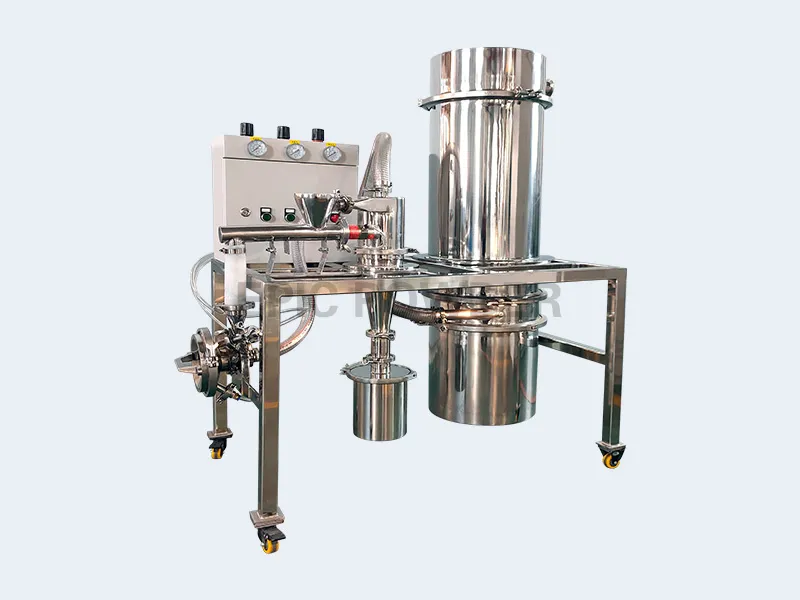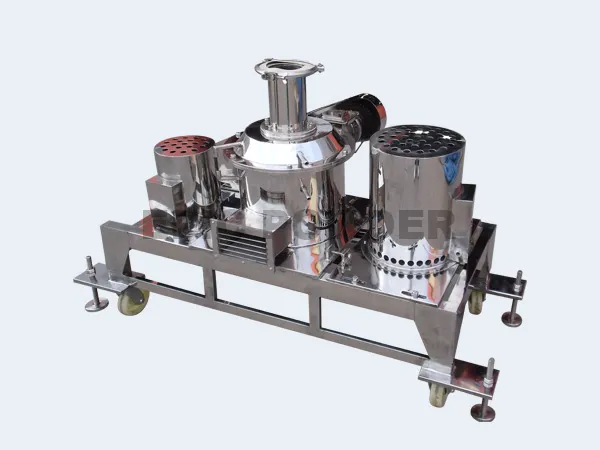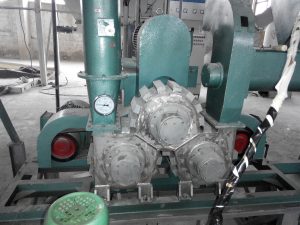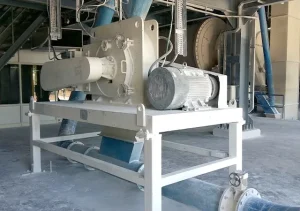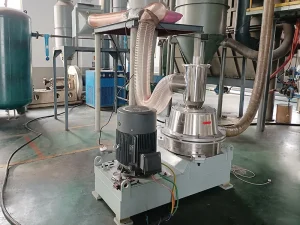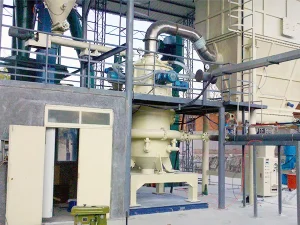Various milling technologies are employed to achieve desired results in particle size reduction and powder processing. Two commonly used methods are jet mills and air classifier mills. While both techniques effectively reduce particle size, key distinctions exist between them. This article aims to provide an in-depth comparison of jet mills and air classifier mills, exploring their functionalities, operating principles, and differences.
Jet Mill:
Jet mills are widely utilized in industries that require fine grinding and micronization of materials. These mills use high-speed jets of compressed gas (usually air or steam) to impact and grind particles. The process involves feeding the material into the mill, which is accelerated by the gas jets and subjected to intense collisions with other particles or the mill’s internal surfaces, resulting in particle size reduction.
Key Features of Jet Mills:
- Particle Size Control: Jet mills offer precise control over particle size distribution, allowing for producing a wide range of particle sizes.
- High Grinding Efficiency: The gas jets’ high-speed impact and collision forces generate efficient and rapid materials grinding.
- No Contamination: Jet mills are often designed to be contamination-free, making them suitable for applications that require ultra-pure products.
- Cooling Capability: Some jet mills incorporate cooling mechanisms to prevent heat-sensitive materials from being damaged during grinding.
Air Classifier Mill:
Air classifier mills combine the grinding capabilities of a conventional mechanical impact mill with an integrated dynamic air classifier. These mills utilize multiple classification stages to control particle size distribution more precisely. The material is fed into the mill, and the grinding occurs between rotating blades and stationary pins. Simultaneously, the air classifier separates the particles based on their size and directs them to different outlets, thus achieving the desired particle size distribution.
Key Features of Air Classifier Mills:
- Enhanced Particle Size Control: Air classifier mills provide improved control over particle size distribution by integrating the classification process within the milling system.
- Versatility: These mills can handle various materials, including heat-sensitive and abrasive substances.
- Reduction in Oversized Particles: The air classifier efficiently segregates oversized particles, ensuring consistent product quality.
- Compact Design: Air classifier mills are often compact in size, making them suitable for installations with limited space.
Differences between Jet Mills and Air Classifier Mills:
- Operating Principle: Jet mills rely on high-speed gas jets to impact and grind particles, while air classifier mills combine grinding with dynamic classification.
- Particle Size Control: Jet mills offer more precise control over particle size distribution due to their focused impact forces, whereas air classifier mills provide enhanced control through integrated classification stages.
- Energy Efficiency: Jet mills typically consume less energy than air classifier mills, as the latter require extra power for the integrated air classification process.
- Handling of Heat-Sensitive Materials: Jet mills may cause less heat generation during grinding, making them preferable for heat-sensitive materials. Air classifier mills can handle such materials effectively due to their classification mechanism.
- Equipment Complexity: Air classifier mills are typically more complex, incorporating additional components like an integrated classifier, which adds complexity to the design and operation of the equipment.
Both jet mills and air classifier mills are valuable tools for particle size reduction and powder processing applications. While jet mills excel at precise particle size control and contamination-free grinding, air classifier mills offer improved control through integrated classification stages and versatility in handling various materials. The selection between these two technologies depends on specific application requirements, desired particle size distribution, material characteristics, and energy considerations. Understanding the differences between jet mills and air classifier mills enables informed decision-making when choosing the most appropriate milling technique for a given application.

